Gathering in Gratitude
To gather is a human desire borne from our need to survive and pass on our genes. Our ancestors gathered to protect themselves from those who would do them harm, both animal and human, as they protected their clan from predators and other tribal groups. Our animal relatives also congregate in this way, as we even have terms for a “murder” of crows and a “pride” of lions. Coastal Redwoods emulate our fungal friends, which set out a mycelial network underground.The redwoods set out a similar subterranean root system to form “fairy rings” once the elder tree dies. It’s not just humans that seek to gather, but communities of plants, fungi, other animals and microbes that come together to not only survive, but thrive in their environments.
Despite our collective need to come together in community, we must be mindful during this second year of the COVID-19 pandemic of the intergenerational trauma that past pandemics have presented to native people, especially elders. If gathering outside is a way to help alleviate that trauma, then it’s vital we prioritize health and safety over our innate desire to come together in close proximity with other people indoors.
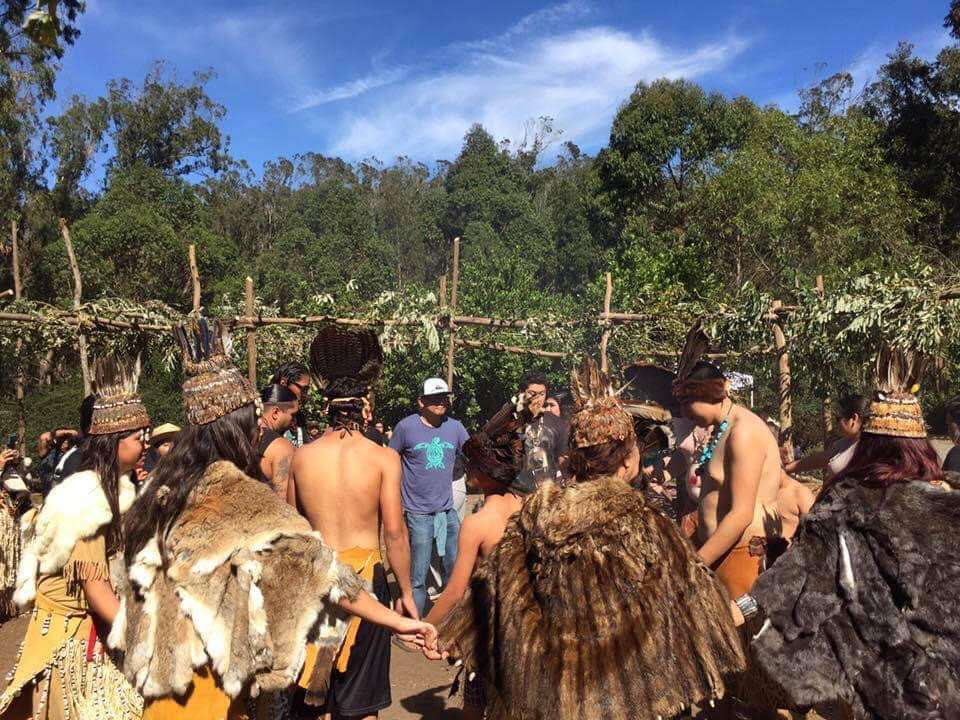
Costanoan Rumsen Carmel Tribe Big Time on Ramaytush land in the village of Yelamu or present-day San Francisco in 2018.Photo courtesy of Ermina Teramura.
Here in present-day California, Indigenous people celebrate their culture, reunite with family and conduct ceremony in what they call Big Times or Gatherings. Pow Wows serve a similar purpose in other parts of Turtle Island (North America) where intertribal Native people from all over the world come together to dance, talk story (an Indigenous Hawaiian phrase for storytelling) and trade goods and services. For many years, I bore witness to these beautiful gatherings as a park naturalist that helped put them together — and as an Indigenous Filipinx (a term many folx from the Philippines use to be inclusive of the myriad genders within our community) immigrant who appreciated the need to come back to one’s ancestral land and reconnect with it. Gathering doesn’t always mean collecting acorns for food or tule for boats; it also means gathering people together to break bread, to Honor our Elders and be one in nature with our chosen community outdoors.
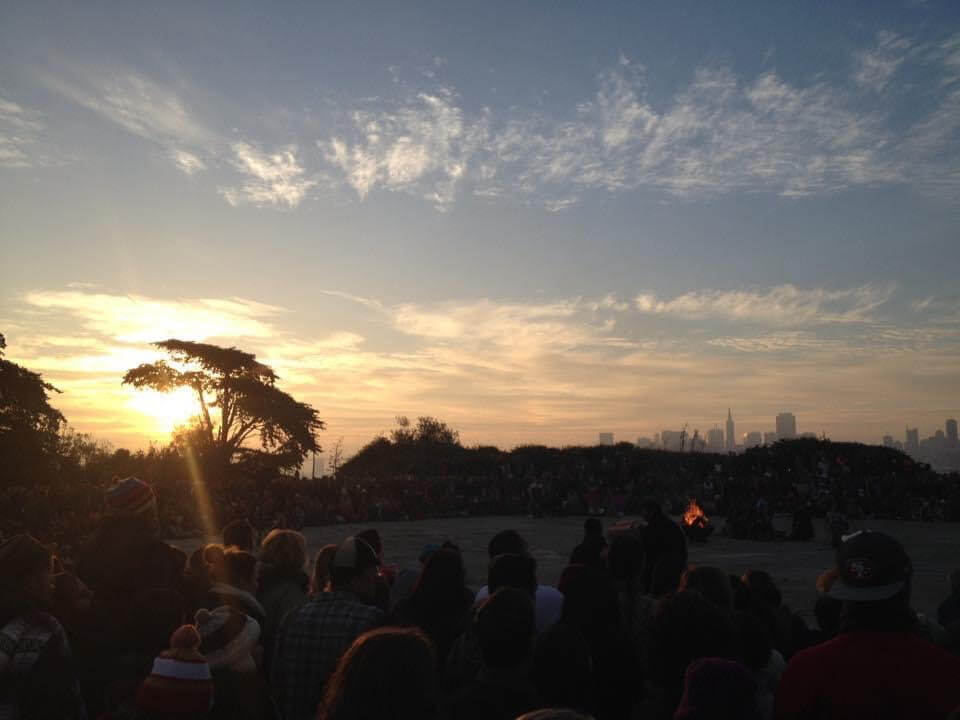
Indigenous Sunrise ceremony on Alcatraz Island (Ohlone land) in 2016.Photo courtesy of Francis Mendoza.
Many of us celebrate what I like to call Thangstaken or Turkey Day because we give thanks to Creator for everything we’ve been given, but question how we got there. Rather than celebrate the false narrative of pilgrims and Indians coming together to break bread, I give thanks to the Indigenous people of Turtle Island for allowing us to gather on their homeland and celebrate our collective cultures together. Every year on “Thanksgiving” morning, a gathering of people, native and non-native alike, come out to Alcatraz Island in the San Francisco Bay to honor their elders and ancestors through song, dance and prayer. They also go to recognize the genocide and colonization that have impacted their people in immeasurable ways, and continue to this day. Gathering on the island each year is a way to heal from that trauma — something that we all do when we’re outdoors, in nature.
When I was asked earlier this year to represent the Children & Nature Network at the first-ever Outdoors for All Summit in Old Fort, North Carolina, I didn’t hesitate. As the Manager of Community Development, Leadership and Engagement for C&NN, I help to provide equitable access to nature for ALL of our children and their families. This vision was no more apparent than at this inaugural Summit of outdoor equity advocates and luminaries. Several attendees brought their children so that they, too, could participate in the activities, such as adaptive mountain biking, fly fishing and foraging for fungi. I co-led a bird hike with Young Naturalists from the Western North CarolinaNature Center, ensuring that youth voices were well represented. Oftentimes, young folx (a term I use to be inclusive of all genders including gender non-binary folx) are a marginalized group within yet another marginalized group, such as BIPOC (Black, Indigenous and People of Color), disabled and/or 2SLGBTQIA+ (the 2S nomenclature denotes Two-Spirit Indigenous people who identify as gender non-binary). This underscores the need to further understand the levels of intersectionality that today’s youth identify with.

Outdoors for All Summit in Old Fort, North Carolina.Photo courtesy of Hansi Johnson.
I was honored and humbled to be included in the Summit with the likes of Sam Kavanagh, a paralympian, father and disability advocate with a passion for being outdoors and moving his body; and Chad Brown, a military veteran, bowman and fly fisher who founded Love is King and Soul River Inc. to help provide equitable outdoor spaces where BIPOC youth develop leadership skills and environmental stewardship. And then there’s Stephanie Harper, a proverbial force to be reckoned with and founder of Raising Kids Wild, who uses her platform to amplify fellow Filipinx voices, like mine, to advocate for the outdoors. It was a gathering of folx from as far west as California and Oregon to Camp Grier in the small town of Old Fort, North Carolina, nestled in the beautifully serene deciduous forest just outside Asheville. The fall foliage was just turning crispy brown as the leaves fell at our feet throughout the entirety of the Summit.
What brought all of these people together? Aside from the magical prowess of the summit’s organizers and hosts, Micah Pulleyn and Jason McDougald, it was the recognition and realization that only a half-century to a century ago, this could never have happened in the southern United States. Micah organized the gathering of outdoor equity advocates who come from marginalized communities and identities such as BIPOC, Disabled and 2SLGBTQIA+ folx to highlight the need to be intentional about providing equitable outdoor spaces for ALL of us.
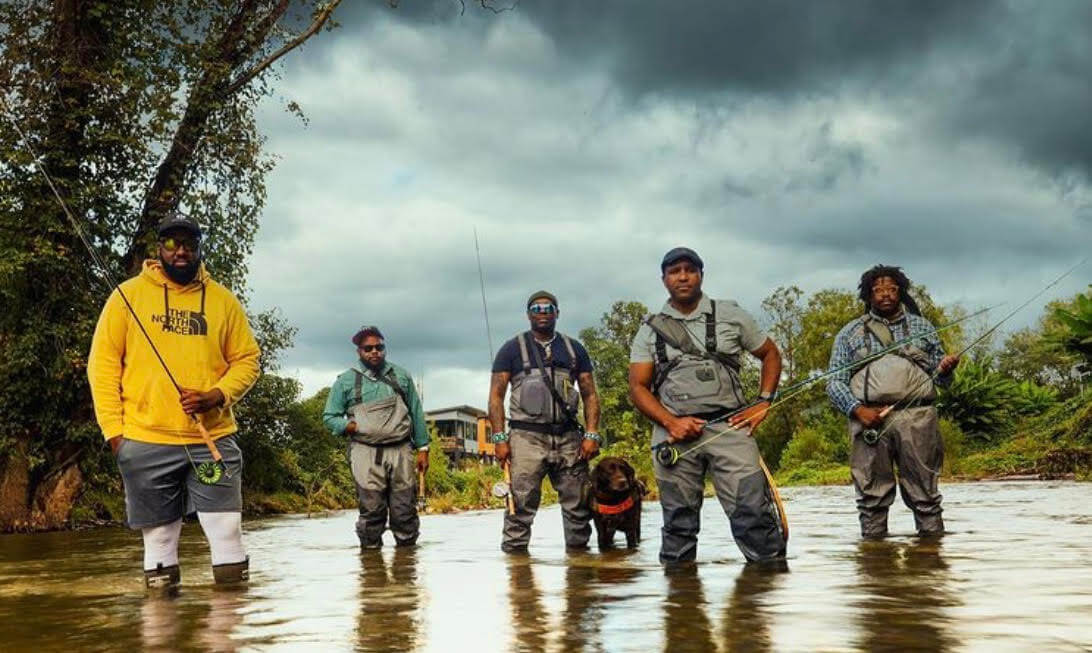
Outdoors for All Fly Fishing Session.Photo courtesy of Chad Brown.
Much like the comment section of any social media post in an outdoor industry where media and retail giants dominate, racists like to make fun of such gatherings. Those who “don’t see color” contribute to the fodder of ignorant comments as they question the intention and need to diversify the outdoors, as if we’ve somehow solved racism, ableism and homophobia in our parks and open spaces. And those who stay silent are complicit because it doesn’t affect them directly, or worse yet, they benefit from it.
So rather than giving thanks to the throes of colonization, I give thanks to the Indigenous people around the world who are fighting for ALL of our environmental rights as they protect the land and water. I also give thanks to the immigrant communities who have come here, either forcibly like enslaved Black folx, or willingly, to escape conditions in their own ancestral land in hopes for a better life, like my family did early in my life. And I thank my own ancestors for paving the way for us to gather safely outdoors and celebrate all of our similarities and differences, alike.
1 Comment
Submit a Comment
Native American Heritage Month Educational Resources About Indigenous Peoples, Native Americans in Philanthropy
Center for Native American Youth
Native American Heritage Month, National Park Service
United American Indians of New England 52nd Annual National Day of Mourning, November 25, 2021
Talking to kids about Thanksgiving, Indianapolis Public Library
Whose land do you live on? Interactive Native Land map and teacher’s guide
A Racial Justice Guide to Thanksgiving
Things every non-native should do on Thanksgiving, Brittany Wong, HuffPost
-
Network News
POLICY UPDATE: Policy and advocacy for the children and nature movement
-
Voices
Binoculars, bald eagles and my journey as a Black birder
-
Richard Louv
THE WONDER BOWL: Ten Spring and Summer Nature Activities for Kids and Adults
-
Network News
Minneapolis Spotlight: The promise and possibilities of parks for youth
-
Voices
Why nature is my motherhood ally



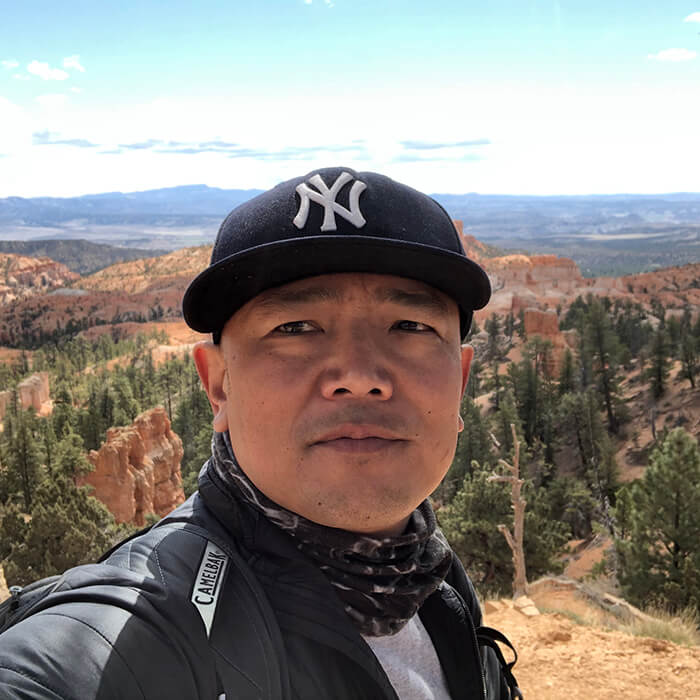

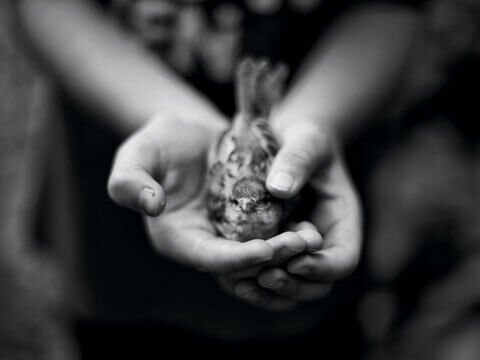
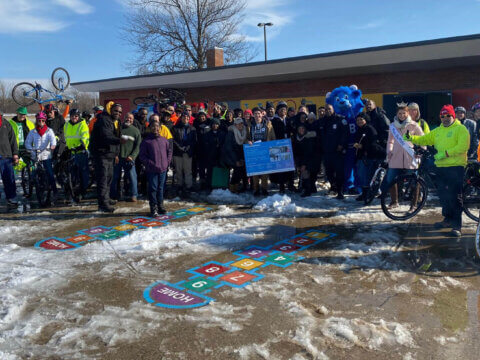
I give thanks to you Francis for articulating this so well, and in doing so helping us all to keep learning and to take action, because we have not solved racism, ableism and homophobia in our parks and open spaces.